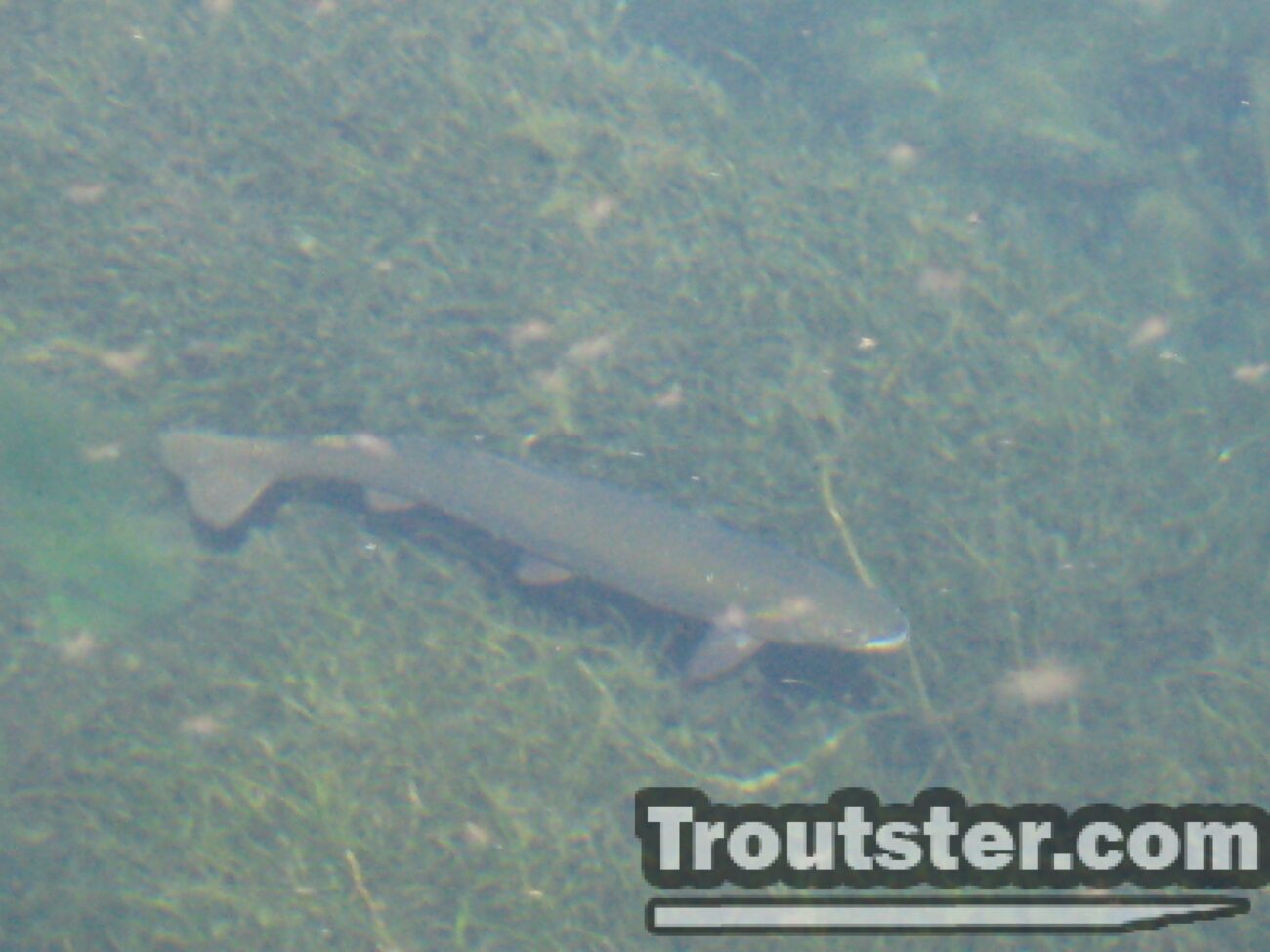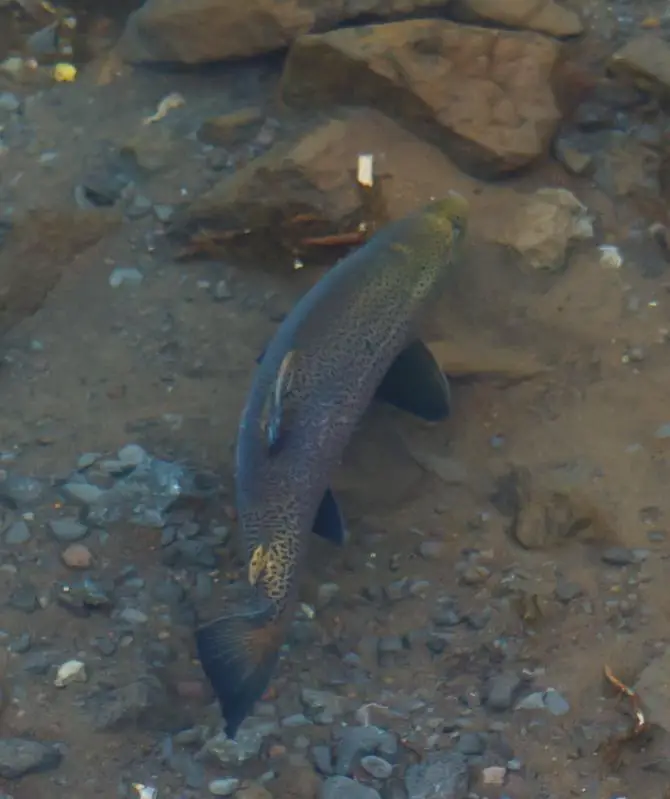This post was last updated on September 1st, 2021 at 09:31 pm
Brown Trout Spawning, Breeding and Migration Habits
Brown Trout Migration:
Brown Trout are anadromous Which means they naturally want to ascend into rivers from the sea to spawn. Since most rivers are landlocked here in the US the fish still cannot fight the instinct to move to the upper sections of rivers to spawn. Shortening days and decreasing water temperature affect hormone concentration of brood fish. This causes the drive for reproduction. Light conditions have a very important role in the reproductive behavior and activity of trout. Shortening days stimulate development of eggs and activate the instinct to proceed with the spawning just like many other animals. The females proceed to find a suitable brown trout spawning ground. Characteristics of such a spot include swift water and loose pebbles or gravel.
Update: You might enjoy Fly fishing for Spawning brown trout article- here
Brown Trout Spawning:
Brown trout spawning often happens in gravel redds just like all trout, but their spawning season is in the fall. This gives them a distinct advantage in some habitats since their spawning and incubation period lies outside the irrigation season.

The female will prepare a redd by fanning it with her tail. This will clean out the cracks and algae in the gravel and allow space for the eggs to fall in. It will also ensure that the eggs get adequate oxygen from the running water and any mud or dirt is removed which could suffocate the eggs. The female will deposit the eggs onto the red and the male will be right there beside her attempting to fertilize them. They will then be covered up by gravel by the female. The strongest male occupies the nest with the female after competing with other trout. After breeding is finished the female will leave the area. Often times the male will remain in the area for some time protecting the nest.
The odds of an individual egg surviving to adulthood are very slim. Almost everything in the water wants to eat the eggs and small trout. Potential predators include smaller fish and even some insects such as dragonfly nymphs will consume trout eggs. Other fish such as suckers, chubs, rainbows and brook trout will sit downstream of the spawning fish eating eggs that don’t fall safely down into the gravel.
For the first days after hatching, the young fish (fry) derive their nutrients from their large yolk sacs; they then feed on small arthropods, such as insect larvae. Once the brown trout reach a few inches they have a much greater survival rate.
For more info on the brown trout, go to https://troutster.com/trout-species/brown-trout/

